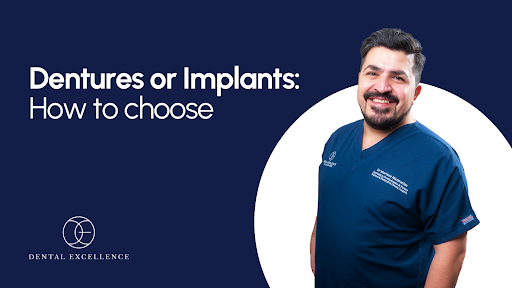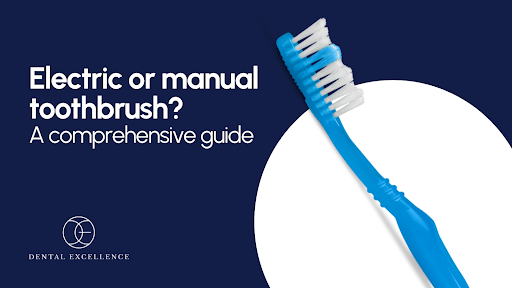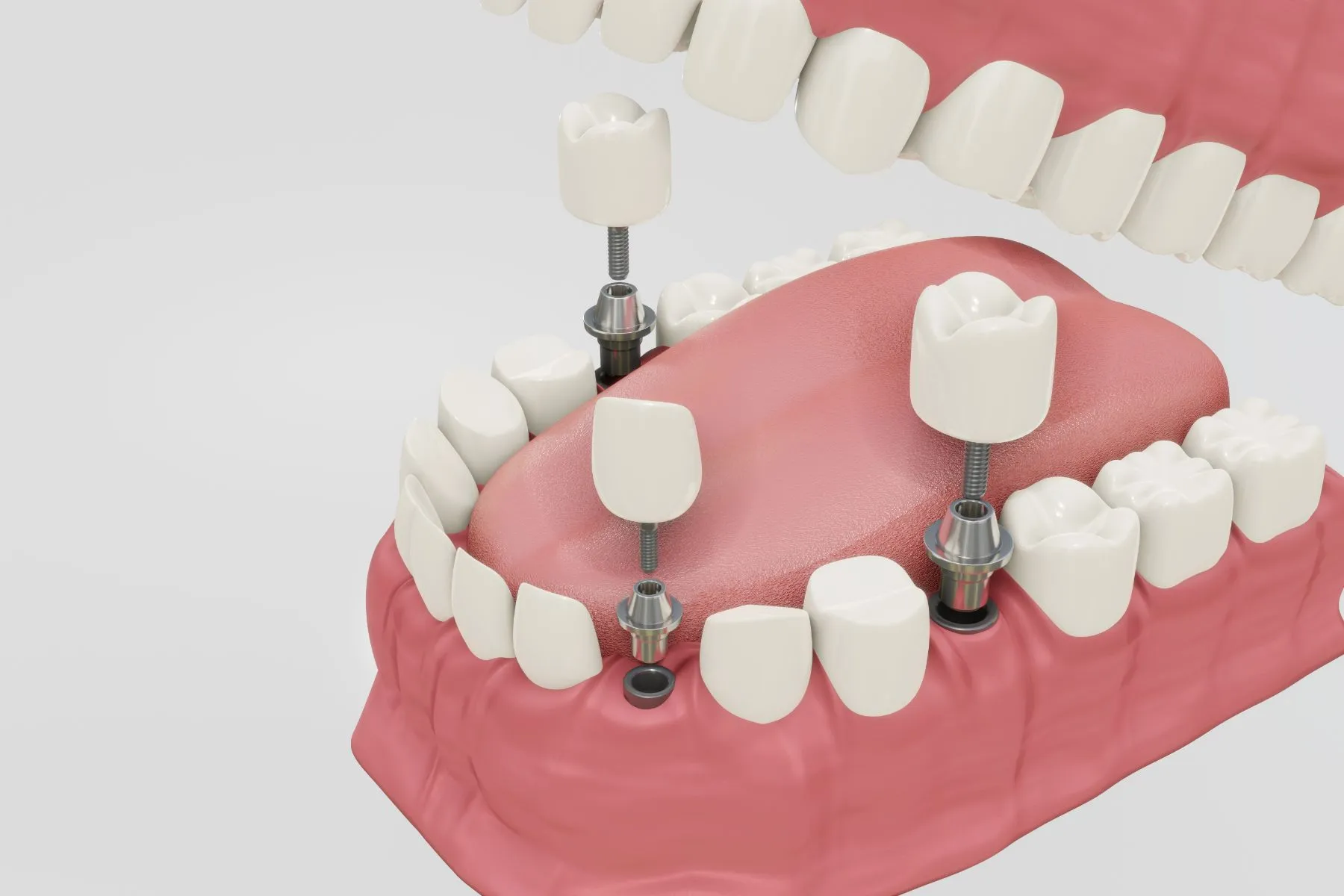When you are considering dental implants, it’s completely normal to have questions and concerns about the healing process. You may find yourself wondering how long it will take before you can fully enjoy your new smile. Understanding the timeline for healing is essential, not only to set realistic expectations but also to ease any anxiety you might feel about the procedure.
The healing journey for dental implants can vary for each individual, but knowing what to expect can help you feel more at ease as you embark on this transformative experience. Let’s take a closer look at the stages of healing, the factors that influence this process, and how you can best support your body during recovery.
Initial healing period after implant placement
Once your dental implant is surgically placed in your jawbone, the first phase of healing begins. This initial healing period typically lasts between one to two weeks, during which your body starts to adapt to the new implant. It’s important to remember that this is a crucial stage, as it lays the foundation for the long-term success of your implant.
During this time, it is completely natural to experience some swelling, discomfort, and even minor bleeding. These symptoms can understandably make you feel uneasy, especially if this is your first experience with oral surgery. Many patients report feeling nervous about these sensations, but it’s reassuring to know that they are part of the normal healing process. Your body is reacting to the surgery, and these responses indicate that it is actively working to heal itself.
Your dentist will provide specific aftercare instructions to help you manage any discomfort. This guidance is designed to ensure that you feel supported throughout this initial phase of healing. Following these instructions is vital, as they are tailored to your unique needs and will help promote a smoother recovery. This can include recommendations for dietary modifications, such as sticking to soft foods, as well as oral hygiene practices that will help keep the surgical site clean and free of infection.
You might be surprised to learn that most patients find the discomfort associated with the healing process to be minimal and manageable. While everyone’s pain threshold is different, many individuals report that any discomfort they experience is less intense than they anticipated. With prescribed pain relievers, which your dentist may offer, and perhaps some ice packs to help reduce swelling, you can often find relief fairly quickly. These simple measures can make a significant difference in how you feel during the initial recovery period.
In addition to pain management strategies, rest is equally important. Allowing your body time to recuperate can help accelerate the healing process. Engaging in light activities is typically fine, but it’s advisable to avoid strenuous exercise or heavy lifting during the first week or so after surgery. Your dental team will provide you with personalized advice on how to balance activity and rest.
As you move through this initial healing phase, keep in mind that your body is working hard to integrate the implant into your jawbone. This is a positive sign, and each day that passes is one step closer to enjoying the benefits of your new smile.
Osseointegration: the foundation of healing
The most critical part of the healing process is known as osseointegration. This is a vital stage during which the dental implant fuses with your jawbone, creating a strong and stable foundation for your new tooth. Osseointegration usually takes between three to six months, but it’s important to note that the exact duration can vary based on several factors. These include your overall health, lifestyle habits, and the quality of your jawbone.
Understanding this process can help alleviate some concerns you may have. Osseointegration is a natural phenomenon that signifies your body’s remarkable ability to adapt and heal. It’s the time when the implant transforms from a foreign object into a permanent part of your anatomy. This process not only enhances the stability of your implant but also promotes healthy bone growth in your jaw.
During this critical healing period, it’s essential to be gentle with your mouth. Avoiding undue pressure on the implant will help ensure the success of the osseointegration process. This means sticking to a soft diet and refraining from chewing hard foods on the side where the implant was placed. Your dentist can provide you with a list of suitable foods to enjoy during this time, helping you to maintain a balanced diet while allowing your mouth to heal. Soft foods like yogurt, smoothies, and mashed potatoes can be both nourishing and easy on your healing gums.
It’s also a good idea to avoid sticky foods that could dislodge any sutures or irritate the surgical site. Your dentist will likely advise you to steer clear of anything crunchy, such as nuts or chips, and to refrain from foods that require a lot of biting or chewing until your implant has fully integrated. This guidance is designed to protect the implant and ensure the healing process goes as smoothly as possible.
Regular follow-up appointments will be crucial during this stage. These visits allow your dentist to monitor your healing progress closely and make any necessary adjustments to your care plan. They may take X-rays during these appointments to ensure that everything is proceeding as expected. This proactive approach not only helps to catch any potential issues early on but also allows you to stay informed about your healing process.
As you navigate this period of healing, remember to be patient with yourself and your body. Osseointegration is an essential step in your journey toward a restored smile, and it deserves the time and attention it requires. With proper care and the support of your dental team, you are well on your way to enjoying the benefits of a strong, stable dental implant that will enhance your oral health and your quality of life for years to come. Each day brings you closer to that goal, and your commitment to following your dentist’s guidance will pay off in the long run.
Knowing that your dental team is actively involved in your care can help ease any worries you may have about the process. They are your partners in this journey, dedicated to ensuring that your experience is as comfortable and successful as possible. If you have any questions or concerns during this time, don’t hesitate to reach out to your dentist. Open communication is key to addressing any worries you may have and understanding what to expect as your body heals.
Final restoration: completing the healing process
Once osseointegration is complete and your dentist confirms that the implant is stable, the next exciting step is to place the final restoration. This restoration is typically in the form of a crown, bridge, or denture, designed specifically for your unique needs. The transition into this final phase of your treatment generally takes a few additional weeks, during which your dentist will meticulously take impressions of your mouth to ensure that the new teeth will align perfectly with your existing ones.
During this time, your dentist may also perform further adjustments, carefully tailoring the restoration to provide you with the most comfortable and natural fit possible. This attention to detail is crucial, as it not only enhances the aesthetic appeal of your smile but also ensures proper functionality in daily activities such as eating and speaking.
As you approach the completion of your implant journey, many patients experience a heightened sense of excitement and anticipation. It’s a time filled with hope and the promise of new beginnings, as you look forward to the day when you can fully enjoy your new smile. Your dentist will be by your side, guiding you through every step of the process. They will ensure that you remain comfortable and informed, addressing any questions or concerns you may have as your new teeth are expertly crafted. This collaborative approach helps to create a positive experience, allowing you to feel empowered and confident in the care you are receiving. By the end of this phase, you will be ready to embrace your enhanced smile, complete with the assurance that your dental restoration is both beautiful and functional.

Factors that influence healing time
Several factors can impact the healing time for dental implants, and understanding these can help you prepare for your journey.
Overall health
Your general health plays a significant role in how quickly you heal. Patients who are in good health typically experience faster healing times. If you have chronic conditions, such as uncontrolled diabetes or autoimmune disorders, it’s essential to discuss these with your dentist. They can help develop a tailored treatment plan that considers your unique needs.
Bone density
The quality and quantity of your jawbone are crucial for osseointegration. If you’ve experienced significant bone loss, your dentist may recommend a bone graft before placing the implant, which can extend the healing timeline. However, this proactive approach ensures that your implant has the best chance of success.
Lifestyle choices
Factors like smoking, excessive alcohol consumption, and poor oral hygiene can hinder healing. Quitting smoking and maintaining good oral care can significantly improve your healing process. If you need support in making these changes, don’t hesitate to reach out for help.
Adherence to aftercare instructions
Following your dentist’s post-operative care instructions is essential for a smooth recovery. This includes taking prescribed medications, sticking to a soft diet, and attending all follow-up appointments. By being proactive about your aftercare, you can contribute to a positive healing experience.
Frequently asked questions about dental implant healing
1. How long will the entire process take?
The entire journey, from the initial implant placement to the final restoration, typically takes between four to eight months. However, every individual is different, and healing times can vary based on personal circumstances.
2. Will I be in pain during the healing process?
While some discomfort is normal after surgery, most patients find that over-the-counter pain medications are sufficient to manage any pain. If you have concerns about pain, don’t hesitate to talk to your dentist, who can provide you with reassurance and additional options for relief.
3. Can I eat normally during the healing process?
After implant placement, it is important to stick to a soft diet for the first few weeks. Once your dentist confirms that osseointegration is complete, you can gradually reintroduce harder foods. Enjoying your favorite meals again is part of the joy of having dental implants!
4. What can I do to speed up healing?
Maintaining a healthy lifestyle, which includes a balanced diet, avoiding tobacco products, and following your dentist’s aftercare instructions, can help expedite the healing process. Your commitment to your health will make a difference.
5. What should I do if I experience complications?
If you notice excessive swelling, prolonged pain, or any signs of infection, contact your dentist immediately. Early intervention is key to addressing any issues before they become serious, and your dentist is always available to support you.
Supporting your healing journey
The journey to a beautiful smile through dental implants can feel daunting, but it is essential to remember that you are not alone. Your dental team is here to support you every step of the way. They will provide the guidance and care you need to navigate the healing process successfully.
It’s completely normal to feel a mix of emotions as you embark on this journey. The prospect of dental implants may bring feelings of hope, excitement, or even anxiety. Remember that investing in dental implants is not just about improving your smile; it’s about enhancing your overall quality of life. A well-placed implant can restore your confidence, allow you to enjoy your favorite foods again, and improve your oral health.
By understanding the healing timeline and what to expect, you can approach your dental implant journey with confidence. Should you have any questions or concerns, do not hesitate to reach out to your dentist. They are here to help you achieve the healthy, beautiful smile you deserve.
Looking forward to your new smile
In summary, the healing process for dental implants varies from person to person, with the entire timeline generally taking four to eight months. Key factors affecting healing include overall health, bone density, lifestyle choices, and adherence to aftercare instructions. Open communication with your dentist and regular follow-up appointments are vital in ensuring a successful outcome. By prioritizing your oral health and following your dentist’s recommendations, you can look forward to enjoying the long-lasting benefits of dental implants and a renewed sense of confidence in your smile.
As you take this important step toward your dental health, remember that your journey is unique. Your dental team is committed to your well-being, ready to address any concerns, and excited to celebrate your progress with you. Your new smile is not just a dental achievement; it is a life-changing transformation. Embrace this opportunity, and know that the investment you make today will pay off in smiles for years to come.






